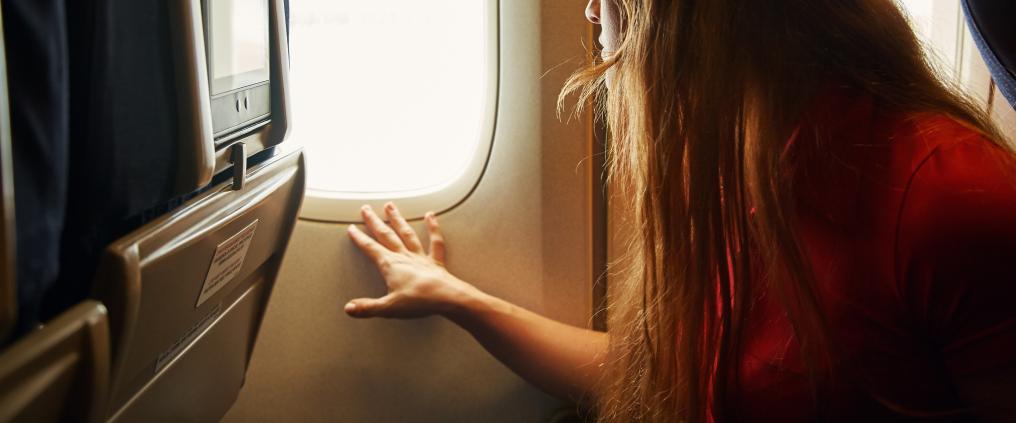Takeoff and landing are considered to be critical times in aviation as these are when most safety-related incidents tend to occur.
Niina Aaltela, an inspector responsible for cabin safety matters at Finnish Transport Safety Agency Trafi, the Finnish transport regulator, explains why window blinds must be kept open and trays stowed during certain parts of a flight.
Why are window shades kept open and cabin lights dimmed during takeoff and landing?
Opening window blinds and adjusting cabin lighting are a part of a process to prepare the cabin for takeoff and landing in case of a sudden emergency as these are considered to be critical times during a flight. Keeping window blinds open allows for extra eyes to see outside, so passengers can report if there are any problems with the aircraft or outside.
In case something goes wrong and the blinds are open, crew members can easily see outside conditions. This helps them plan a possible evacuation, in case they would need to decide which side of the aircraft is safest to leave from. Leaving the window blinds up allows them to make a quick decision and also helps ground emergency personnel outside to see into the cabin.
Why is this done during night flights?
During takeoff and landing in daylight, opening window shades and putting cabin lights to full makes the eyes used to sunlight. If something goes wrong and passengers need to be evacuated, there won’t be a sudden change in light contrast, which might lead to temporary blurred vision.
The same thing is done during night flights: Window shades are kept open and cabin lights dimmed in order for the eyes to adjust to low lighting conditions.
What is the logic behind keeping seats upright and trays stowed while taking off and landing?
Raising seats to an upright position and stowing tray tables are also part of the process to prepare the cabin for takeoff and landing. In case something goes wrong and the aircraft needs to be evacuated quickly, your seatback must not block the person seated behind from leaving the aircraft as quickly as possible.
In addition, the upright position is the most structurally sound position the seat can offer in case of an emergency. An open tray table could injure you in the event of a hard landing and would prevent you from leaving the aircraft as quickly as possible in an evacuation.
